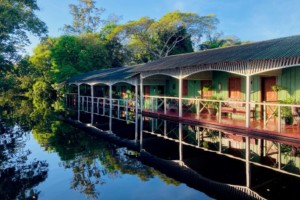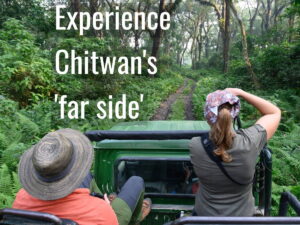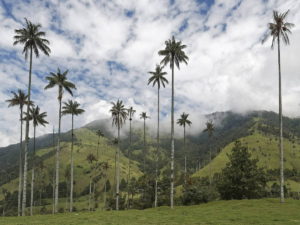Busting the borderland’s bad rap
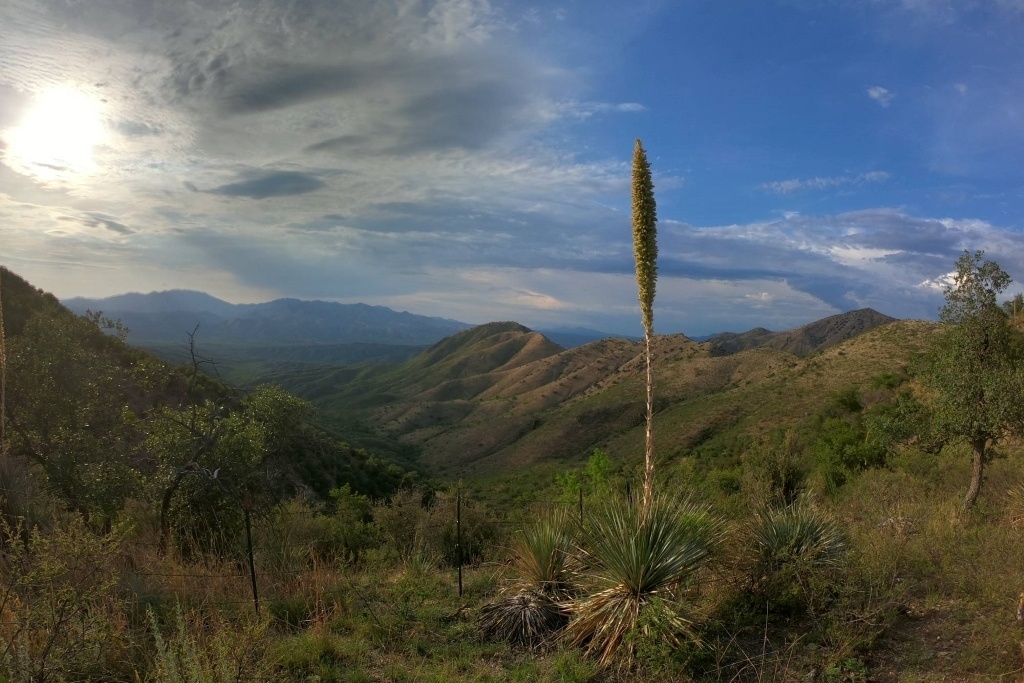
I enjoy supporting the ‘underdog’ destinations of the world. They are often unique and beautiful in their own right, yet are under-visited for one reason or another. An example I’ve already written about for “GT” Travel is the American Prairie Reserve in Montana.
Another place worth visiting by anyone seeking adventure is Rancho El Aribabi in northern Sonora, Mexico, just south of the US-Mexico border. While this amazing place has much to offer, it struggles to attract tourists because of all the negative media attention the area gets.

The inside track
Connor Clark is a PhD candidate at Arizona State University, a research associate for ASU’s Center for Sustainable Tourism, and a sustainable community development advocate. Off Season Adventures invited Connor to write for “GT” Travel.
I visited Rancho El Aribabi in June 2021 with a team of Arizona State University faculty. It was part of a research project to understand the potential for driving more cross-border tourism and conservation collaboration in this part of the world.
While this ranch has historically been dedicated to raising cattle, the current owners have launched an up-hill battle to turn their property into a protected nature preserve and ecotourism destination. Their main challenge is to get enough revenue from tourism to maintain their conservation focus so that they don’t have to depend as much on cattle, which is a centuries-old practice in northern Sonora that has brought devastating environmental consequences.

Making their challenge even harder is the fact that their most attractive tourism markets across the international border, Phoenix and Tucson in Arizona, are deathly afraid of visiting them, partly due to the negative media attention that the region receives; constant headlines about drug cartel violence, human smuggling, and a so-called border crisis.
Although Rancho El Aribabi is known for its amazing bird life and camera-trap sightings of endangered jaguars and ocelots, marketing to tourists has been difficult. Admittedly, the negative media had tainted my own perception of the region, but when the owners assured me that they had never encountered any of the dangers that are frequently highlighted, I knew that we had to give El Aribabi a chance.
As we drove along Highway 2 from Agua Prieta, Sonora and passed the massive mining operations around the town of Cananea, I could sense just how crucial it was for the precious mountain ecosystem here, known as the Sky Islands, to have at least a small portion of it protected.
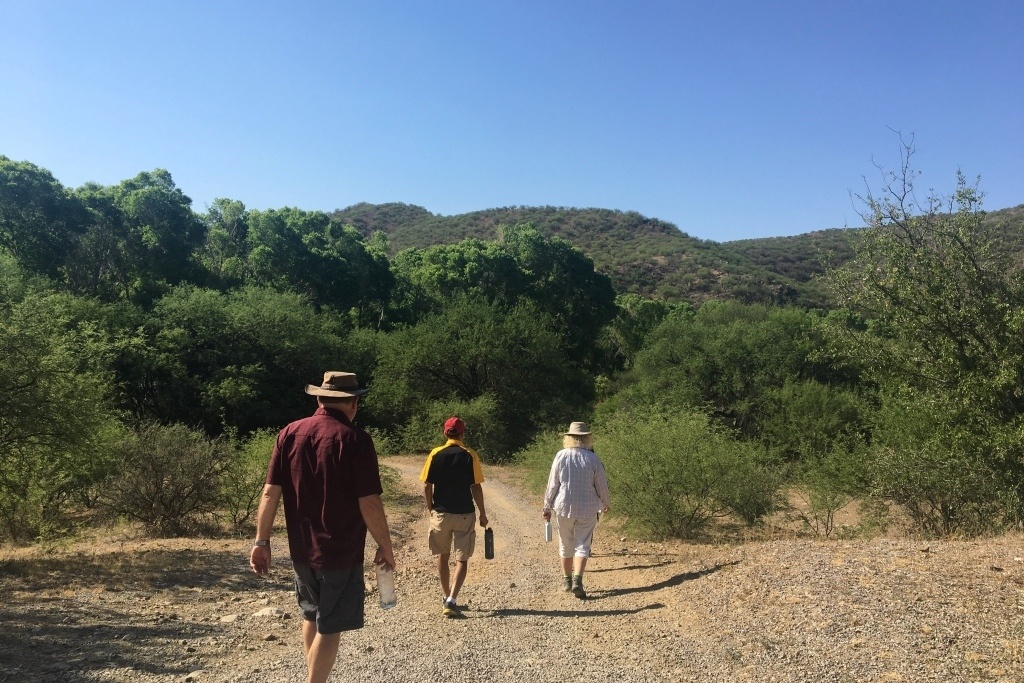
Soon after arriving at the ranch, my team and I went out on a guided hike with one of the family members. We saw a number of wild creatures, such as a group of the raccoon-like coatimundis and a gray hawk.
As we paused to catch our breath after crossing the Río Cocóspera, our guide told me that his efforts to market the ranch as a safe attraction for US tourists had failed so far. To paraphrase his words, Americans think he is a dishonest Mexican.
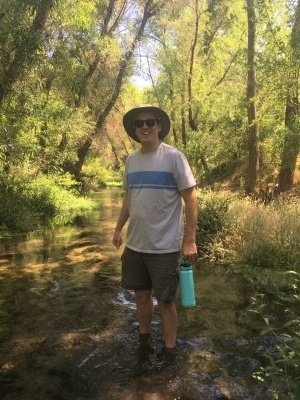
The prejudice he described is likely what many other attractions around the world experience as they try to promote themselves in the global tourism market. As illustrated in this example, even a place like Rancho El Aribabi, with its attractive features and hospitable people, can suffer from the reputation of its broader region.
To help resolve this unfairness, independent travellers should do their own research on destinations with bad reputations with the view to giving them a chance. If you’re such a traveller, you can help these destinations break through by finding mission-driven attractions, listening to the advice and reassurance of the locals involved, and sharing your lasting travel memories with others.
I did.
Where is this?
El Aribabi Conservation Ranch
Cocospera, Sonora, Mexico
Tel: +52 1 632 318 0030 | Email: [email protected]
Featured image (top of post): The Sonora, Mexico landscape at El Aribabi. Picture supplied by author via the El Aribabi Conservation Ranch Facebook page.


